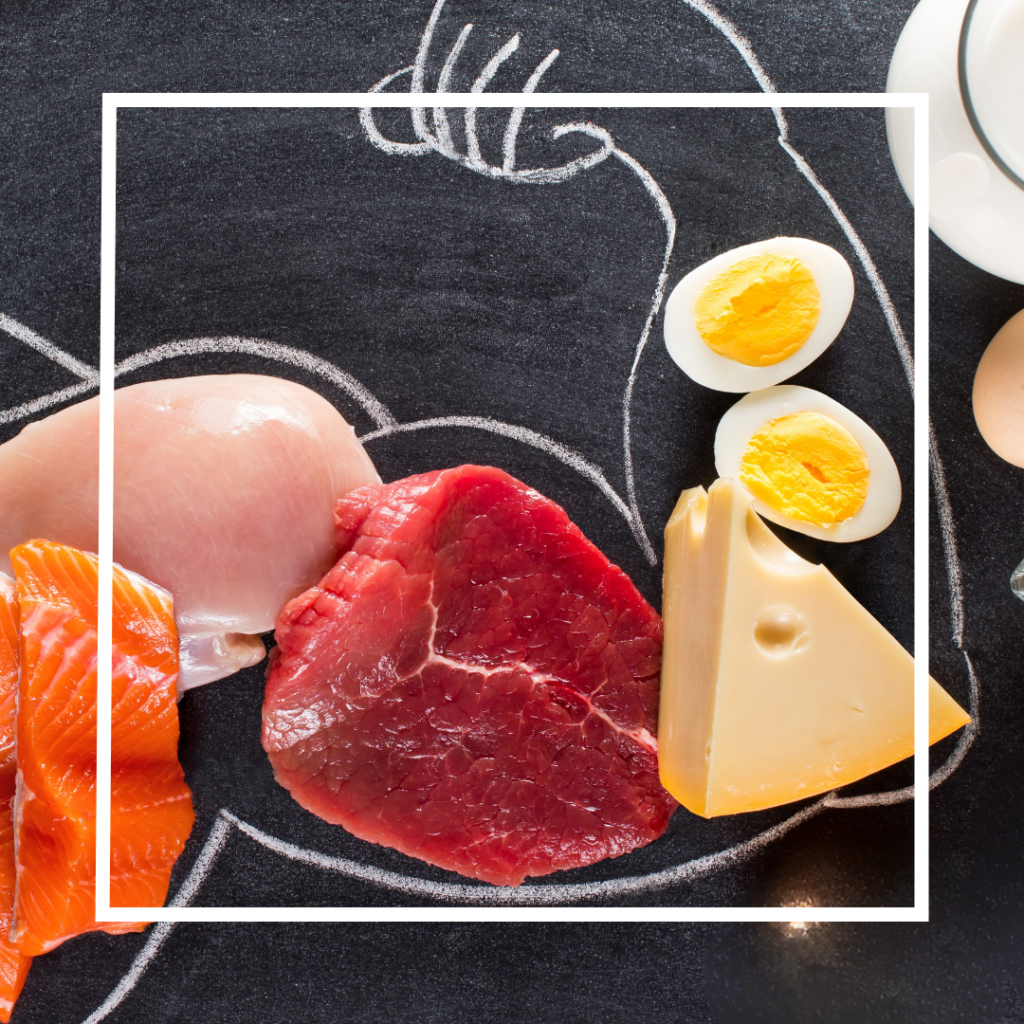What Is Protein Utilization & Why Does It Matter?
What Is Protein Utilization & Why Does It Matter?
Protein is essential for nearly every function in the body—muscle growth, tissue repair, hormone production, and even immune system support. But simply eating protein isn’t enough; what truly matters is how well your body utilizes it.
This concept, known as protein utilization, determines how efficiently your body digests, absorbs, and uses protein for growth and maintenance. Understanding this process can help you optimize your protein intake for better health, improved muscle mass, and overall well-being.
The Science Behind Protein Utilization
When you consume protein—whether from food or supplements—your body breaks it down into amino acids, the building blocks of life. These amino acids are then absorbed and used for various physiological functions. The efficiency of this process depends on several factors:
- Digestibility – How easily the protein source is broken down in the stomach and small intestine.
- Amino Acid Profile – Whether the protein contains all nine essential amino acids (complete vs. incomplete proteins).
- Absorption Rate – How quickly amino acids enter the bloodstream for use.
- Metabolic Demand – Factors like exercise, age, and overall health influence how much protein your body can use effectively.
How Is Protein Utilization Measured?
Scientists use different methods to evaluate protein quality and how well it is used by the body:
- Biological Value (BV) – Measures how much of the protein is retained and used for bodily functions. (Eggs have a BV of 100, making them one of the best sources.)
- Protein Digestibility-Corrected Amino Acid Score (PDCAAS) – A widely accepted method that assesses protein quality based on amino acid content and digestibility.
- Net Protein Utilization (NPU) – Compares how much protein is consumed vs. how much is actually used by the body.
Maximizing Protein Utilization on a Meat-Based Diet
If you’re following a meat-based diet, you’re already prioritizing some of the most bioavailable protein sources. To further optimize protein utilization, consider these key strategies:
✔ Prioritize High-Quality Animal Proteins – Meat, fish, eggs, and dairy provide complete proteins with all essential amino acids, making them superior for muscle growth, recovery, and overall health.
✔ Choose Grass-Fed, Pasture-Raised, and Organic Meat – Meat from grass-fed, pasture-raised, and organic sources tends to have higher omega-3 fatty acids, better micronutrient profiles, and fewer toxins compared to conventionally raised meat. This can enhance protein absorption while supporting overall health and inflammation control.
✔ Incorporate Organ Meats – Liver, heart, kidneys, and other organ meats are not only protein-rich but also packed with essential vitamins (B12, A, and D), minerals (iron, zinc, and copper), and coenzymes that enhance protein metabolism and overall nutrient absorption. Liver, in particular, is one of the most nutrient-dense foods available.
✔ Eat a Variety of Animal Proteins – Different meats offer unique amino acid profiles and micronutrients. Include beef for creatine and iron, chicken for lean protein, pork for thiamine, and fatty fish for omega-3s to maximize overall health benefits.
✔ Consume Collagen-Rich Cuts – Bone broth, skin, tendons, and tougher cuts of meat contain collagen and glycine, which support joint health, gut lining, and connective tissues. This ensures your protein intake goes beyond muscle-building to full-body support.
✔ Utilize Fat for Satiety & Hormonal Health – Pairing protein with healthy animal fats (from beef tallow, butter, egg yolks, or fatty cuts of meat) supports hormone production, satiety, and overall energy balance, helping you absorb fat-soluble vitamins necessary for protein metabolism.
✔ Cook Meat Properly for Optimal Absorption – Overcooking can degrade some amino acids and nutrients, while slow-cooking, grilling, or lightly searing maintains the integrity of proteins and fats.
✔ Stay Hydrated & Support Digestion – Drinking enough water aids in protein metabolism, while including bone broth and fermented foods like kefir can enhance gut health and improve nutrient absorption.
By focusing on whole animal-based proteins, organ meats, and proper digestion, you can ensure your body fully utilizes every gram of protein for muscle growth, tissue repair, and optimal health.
Final Thoughts
Protein utilization is more than just how much protein you eat—it’s about how well your body processes and uses it. By focusing on high-quality protein sources, optimizing digestion, and supporting muscle growth, you can maximize the benefits of protein for overall health and performance.
Would you like to learn more about how much protein you should be consuming, the optimal sources of protein, or the best supplements for maximizing protein utilization? Reach out to our team and we’ll steer you in the right direction!
“Our Mission Is Your Health”
-Mission Med+

